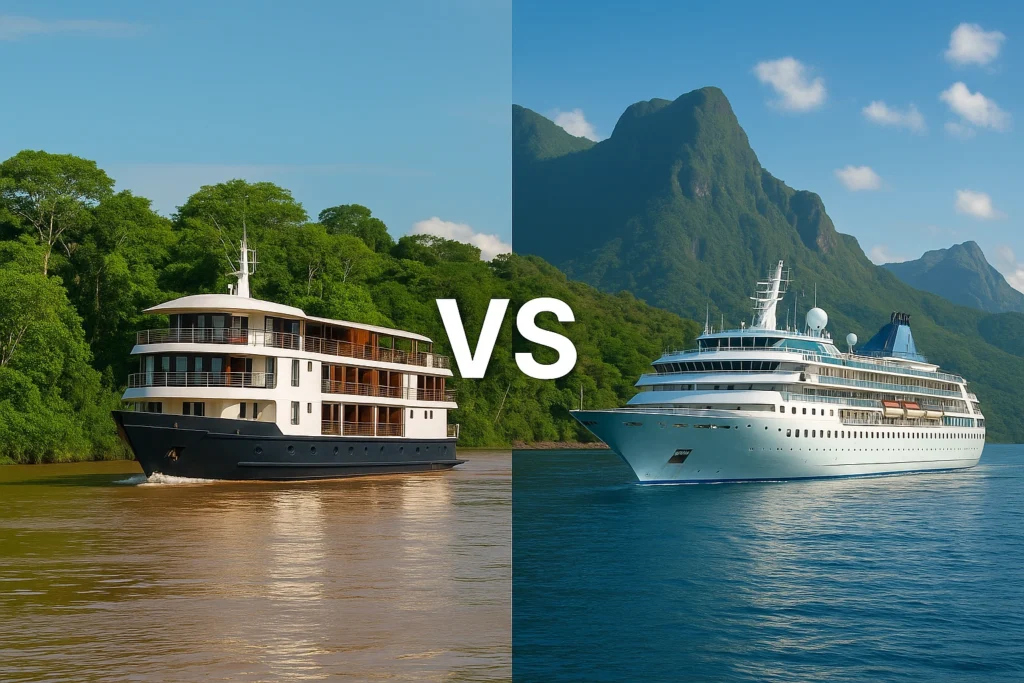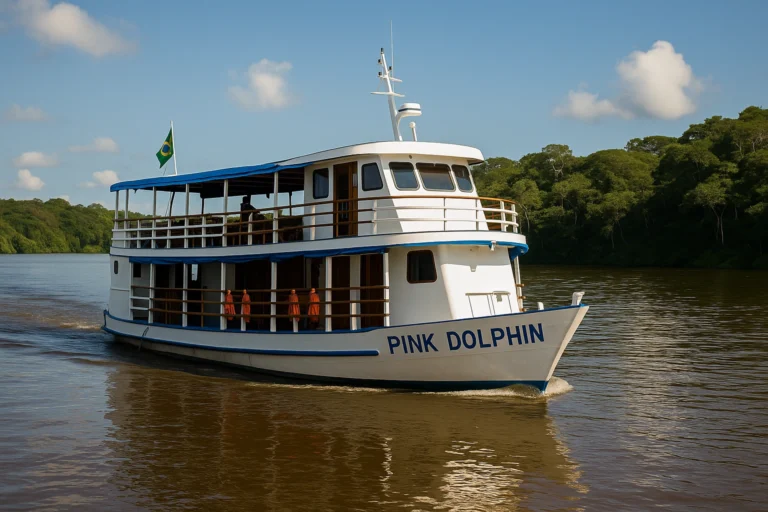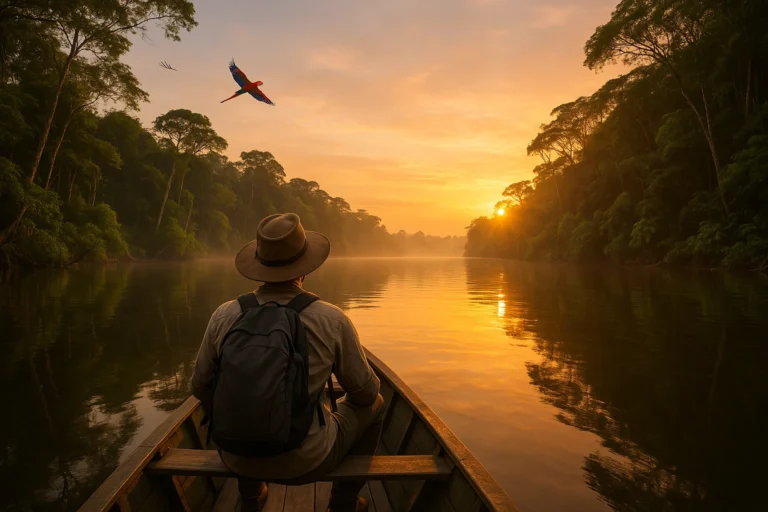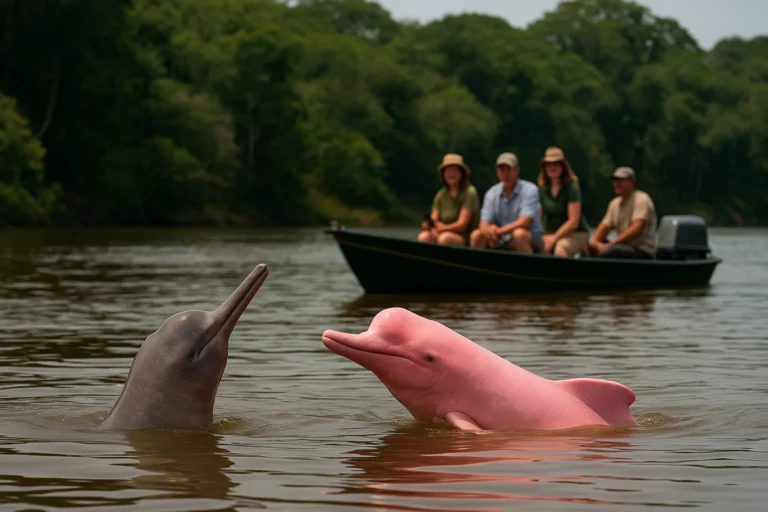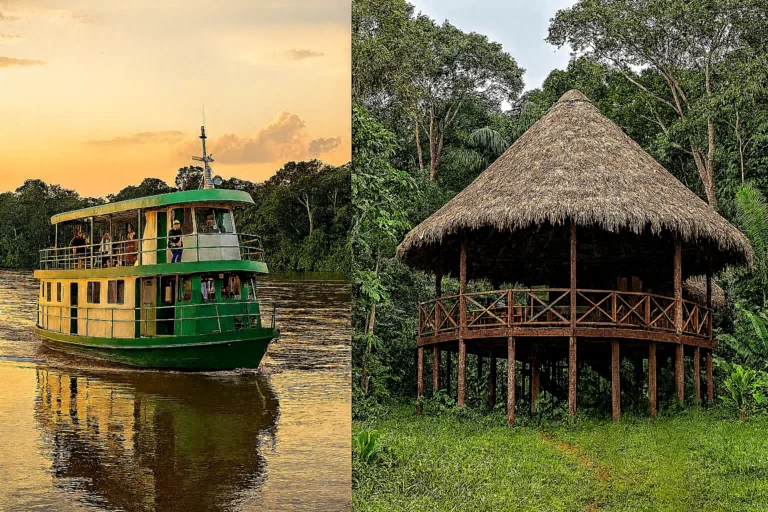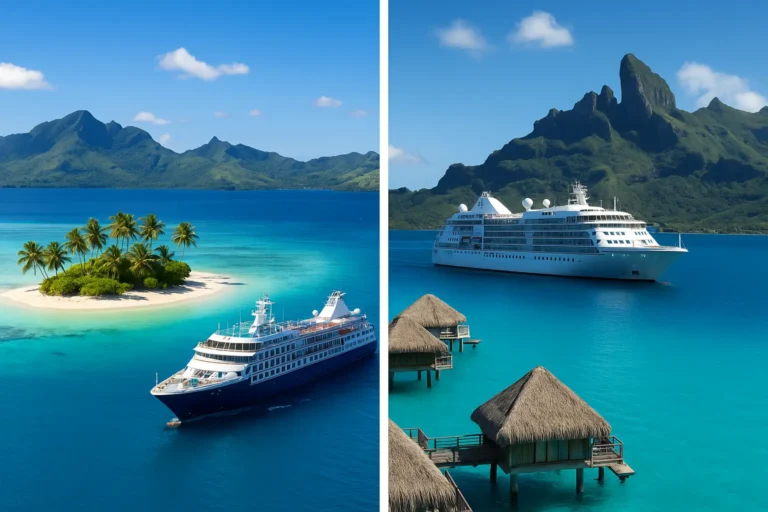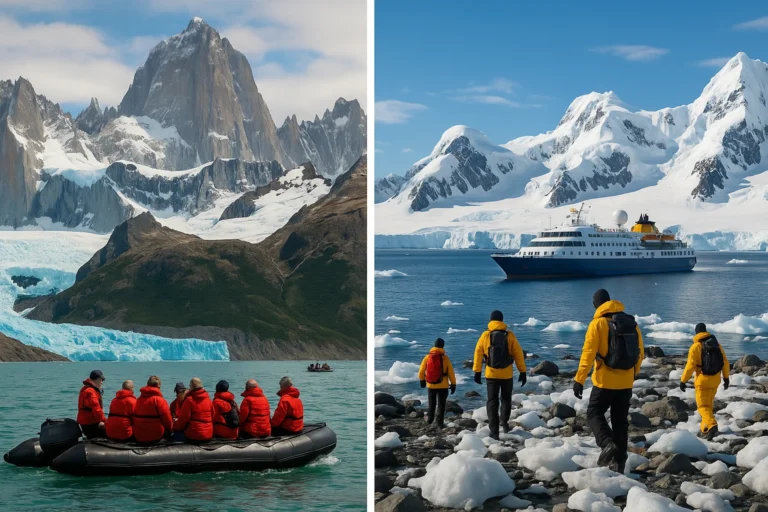Amazon vs. Orinoco: South America’s Wildest Rivers (2025 Comparison)
Amazon vs. Orinoco: South America’s Wildest Rivers 🌊
2025 Ultimate River Comparison Guide
Planning an extraordinary expedition into the heart of South America’s untamed wilderness? The choice often narrows down to two colossal rivers: the iconic Amazon and the rugged, less-traveled Orinoco. Both offer incredible biodiversity and unique cultural encounters, but they cater to different types of adventurers. This 2025 ultimate river comparison guide dives deep into what makes each river special, breaking down their distinct features, wildlife, cruise styles, and overall adventure levels to help you decide which one is your perfect match for an unforgettable journey.
| Feature | Amazon River | Orinoco River |
|---|---|---|
| Length | Approximately 6,400 km (4,000 miles), often debated as the longest. | Approximately 2,140 km (1,330 miles). |
| Countries Traversed | Brazil, Peru, Colombia, Ecuador, Bolivia, Venezuela (via tributaries), Guyana, Suriname, French Guiana. Primarily explored in Brazil, Peru, Colombia. | Venezuela, Colombia. Its basin covers vast areas of both. |
| Signature Wildlife | Pink river dolphins, jaguars, sloths, diverse monkey species, anacondas, piranhas, over 1,300 bird species. | Giant otters, rare Orinoco crocodiles, spectacled caimans, various river dolphins, capybaras, howler monkeys, vibrant hoatzin birds, scarlet ibises. |
| Typical Cruise Types | Wide spectrum: ultra-luxury vessels, comfortable eco-cruises, family-focused adventures, and budget-friendly expedition boats. | Mainly small-group eco-expeditions, rustic riverboats, and adventurous tours; less emphasis on large-scale luxury. |
| Famous For | Being the world’s largest rainforest, unparalleled biodiversity, iconic rare species (like pink dolphins), vast network of tributaries, diverse indigenous Amazonian tribes. | Its unique llanos (wild savannas), towering tepuis (tabletop mountains), giant sandbanks, and the extraordinary Casiquiare canal (a natural link to the Amazon basin). |
🦜 Wildlife Showdown: Who Offers What?
Both rivers are teeming with life, but the types of animals and the settings in which you encounter them can differ significantly.
- Amazon River: As the planet’s biodiversity hotspot, the Amazon offers an astounding array of wildlife. Expect to see playful pink river dolphins leaping from the water, elusive jaguars (though rare, they are present), slow-moving sloths in the canopy, a myriad of monkey species, and potentially the legendary anaconda. Birdwatchers will be in paradise with over 1,300 species.
Spotlight: Pink River Dolphins 🐬 and vibrant Poison Dart Frogs 🐸. - Orinoco River: The Orinoco’s unique ecosystems, from savannas to gallery forests, support a distinct set of creatures. Key sightings include social giant otters, the critically endangered Orinoco crocodile (a true highlight), various river dolphins, noisy howler monkeys, and the prehistoric-looking hoatzin birds. The vast llanos are also home to massive capybara populations and spectacular flocks of scarlet ibises.
Spotlight: The majestic Orinoco Crocodile 🐊 and the striking Scarlet Ibises 🦩.
🚤 Cruise & Expedition Styles: What’s Your Ride?
The type of vessel and expedition you’ll experience varies greatly between these two river systems, reflecting their different levels of tourism development.
- Amazon River: The Amazon offers the widest range of cruise and expedition styles. You can choose from ultra-luxury ships with gourmet dining and private balconies (like Aqua Expeditions or Delfin Amazon Cruises) to comfortable eco-lodges integrated into the forest, and even adventurous canoe trips for a more rustic experience. The focus is broad: wildlife viewing, cultural immersion with indigenous communities, and varying levels of comfort. Key departure points are well-established cities like Manaus (Brazil), Iquitos (Peru), and Leticia (Colombia), providing easier access and robust infrastructure.
- Orinoco River: The Orinoco’s tourism is less developed, offering predominantly eco-adventures and true wilderness expeditions. Trips are typically on smaller, more rustic riverboats designed for navigating shallower waters and accessing remote villages. The emphasis is on off-the-grid exploration, encounters with untouched nature, vast sandbars, and unique geological formations like the tepuis. Launches often occur from smaller hubs like Puerto Ayacucho in Venezuela or certain points in Colombia, making it best suited for seasoned photographers, intrepid explorers, and those seeking an authentic, raw encounter with the wild.
🏆 Adventure Level: How Wild Do You Want to Go?
While both rivers promise adventure, the intensity and accessibility of that adventure differ.
- Amazon River: The Amazon is generally more accessible and has more developed tourism infrastructure, particularly around its main hubs. However, its vastness ensures that truly wild and remote spots are easily reachable on longer expeditions. It offers a balance, allowing for luxurious comfort while still providing thrilling wildlife encounters and deep jungle treks in designated areas.
Adventure Rating: ⭐⭐⭐⭐☆ (4.5/5) – Accessible Wildness - Orinoco River: The Orinoco, in contrast, is undeniably more off-the-grid and less frequented by mass tourism. It offers a truly raw and untamed experience, demanding a higher level of adventurous spirit. Expeditions here delve into more untouched wilderness, often involving camping on sandbars and more rustic accommodations. It’s for those who crave a frontier experience, embracing the unexpected and a deeper sense of isolation.
Adventure Rating: ⭐⭐⭐⭐⭐ (5/5) – Unfiltered Frontier
💡 Which River is Right for You? Making Your Choice
Deciding between the Amazon and the Orinoco hinges on your travel preferences and desired level of immersion:
- Choose the Amazon if you prioritize **diversity of experience**, a wide range of **comfort levels (including ultra-luxury)**, and a classic rainforest adventure with abundant wildlife and opportunities to interact with well-established Amazonian cultures. It’s the ideal choice for first-time Amazon explorers or those seeking a more polished expedition.
- Choose the Orinoco for a **raw, off-the-grid adventure**, a deeper dive into **wild, untamed nature**, and the magic of exploring a less-traveled river. It’s perfect for seasoned adventurers, photographers, and those who cherish unique geological formations and a more rugged, intimate encounter with untouched landscapes and remote communities.
❓ FAQ: Amazon vs. Orinoco River Expeditions
- Is it safe to cruise both rivers?A: Yes, generally, it is safe to explore both rivers when traveling with reputable and experienced tour operators. They prioritize safety protocols and employ knowledgeable guides. However, the Orinoco’s more remote nature means local guides and comprehensive travel insurance are even more of a must-have for a truly secure journey.
- Can I see pink dolphins on both rivers?A: Yes, river dolphins (including the pink species, Inia geoffrensis) inhabit both river basins. However, they are generally more commonly encountered and more famous in the Amazon, particularly in specific areas like the Rio Negro. While possible in the Orinoco, sightings might be less frequent or reliable.
- When is the best time to go for wildlife viewing?A: For the Amazon, the period between **June and November** (low-water season) is often recommended as receding waters concentrate wildlife along riverbanks and in remaining water sources, making sightings easier. For the Orinoco, the **May to November** period (high-water season) is often considered best for accessing flooded forests and observing a wider range of wildlife as it’s more dispersed and active.
- Are there luxury cruises available on the Orinoco River?A: While the Amazon boasts numerous options for luxury cruises with high-end amenities, the Orinoco primarily offers eco-expeditions and more rustic, adventurous trips. The focus on the Orinoco is on genuine wilderness immersion rather than five-star comfort. If luxury is a top priority, the Amazon will provide more choices.
- What are the main cultural differences between the two regions?A: The Amazon region, particularly around Manaus or Iquitos, offers encounters with various distinct indigenous groups, each with unique traditions and crafts. The Orinoco basin, especially in Venezuela, provides opportunities to interact with indigenous communities like the Piaroa, Yanomami, and Guahibo, who maintain deep connections to the savanna and river, offering a different cultural perspective focused on specific regional traditions and remote village life.
Amazon: The world’s undisputed biodiversity capital, offering a classic and diverse South American rainforest experience perfect for any traveler, from luxury seekers to adventure enthusiasts.
Orinoco: South America’s wildest frontier, a truly raw and immersive journey for intrepid explorers seeking untouched nature, unique landscapes, and an off-the-grid adventure.
No matter which majestic river you pick for your 2025 adventure, you’ll undoubtedly get the experience of a lifetime! 🌴🛶
📂 Explore More in These Categories
Amazon River Cruises 2025: Rainforest Wildlife & Tribal Visits
Compare Cruise Lines – MSC vs Royal, Carnival vs Norwegian & More


